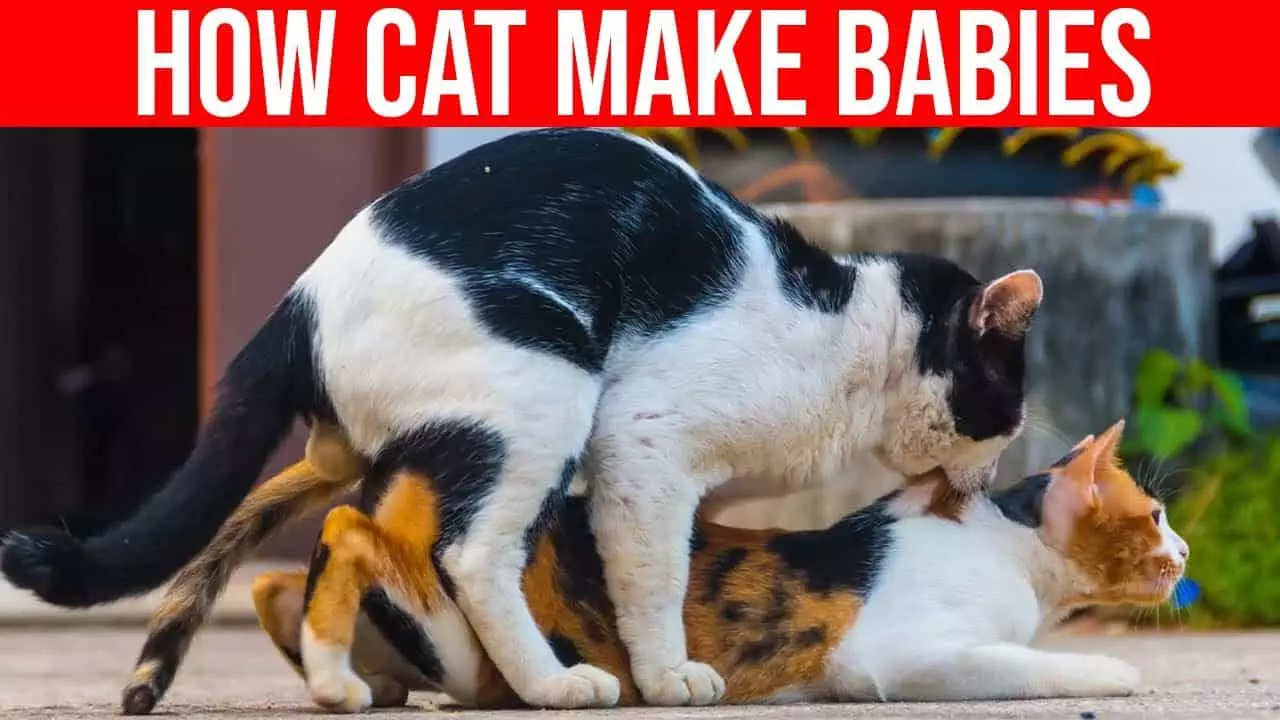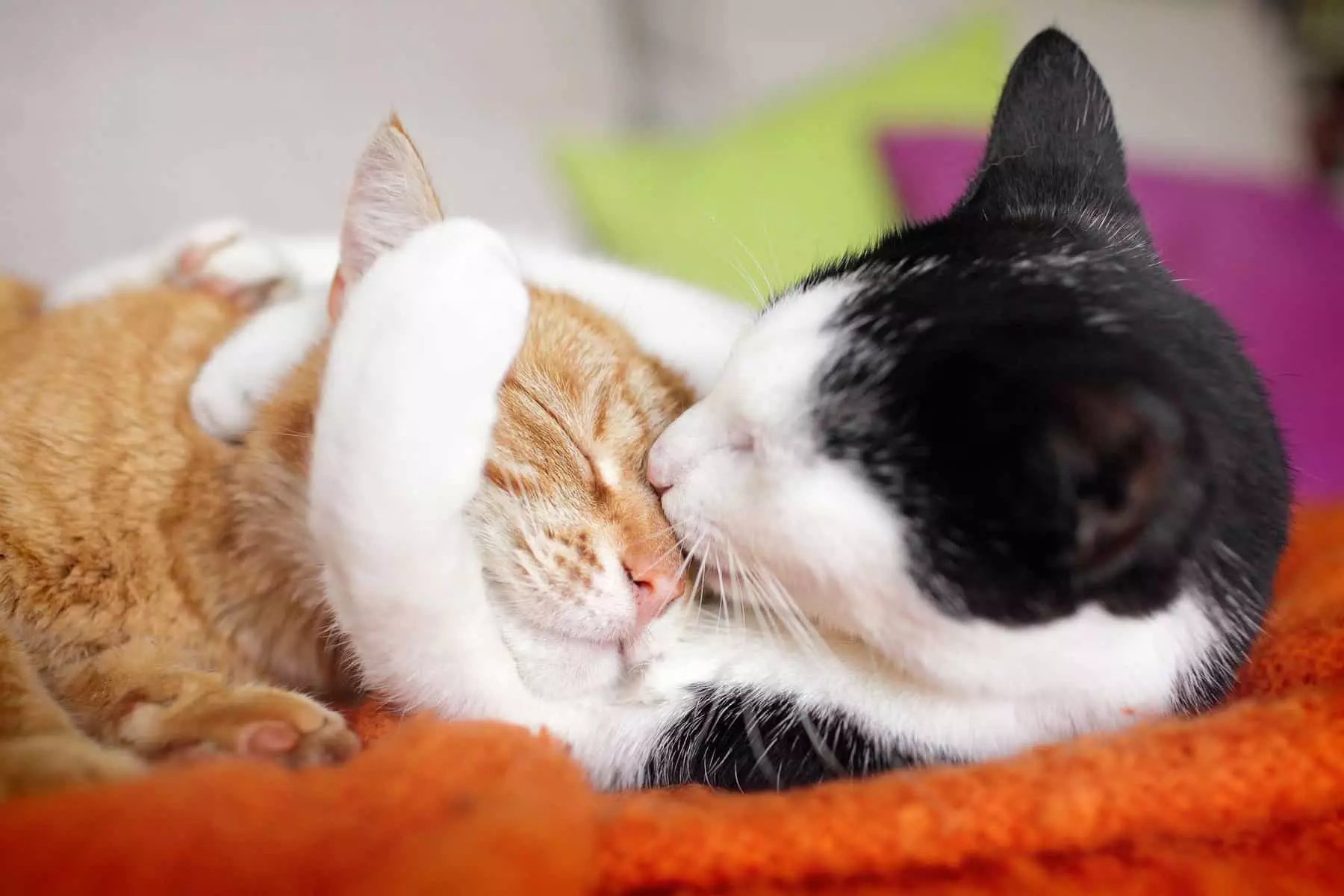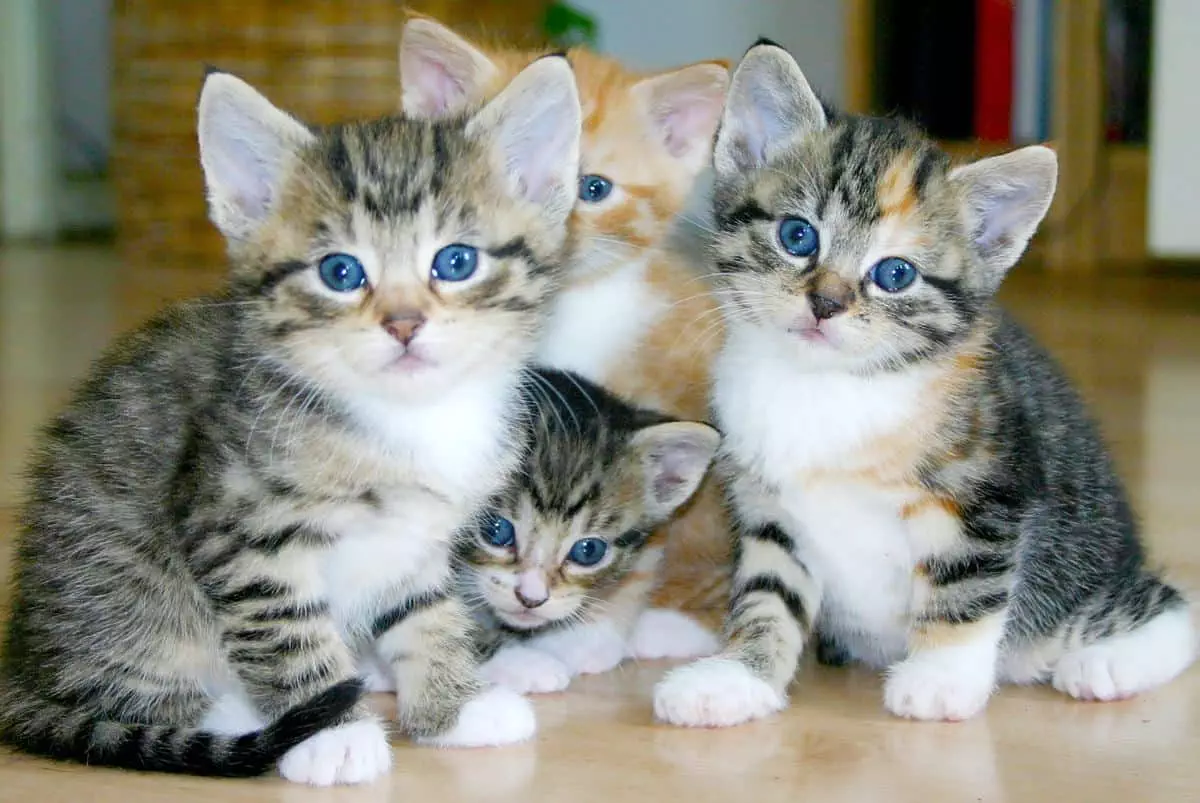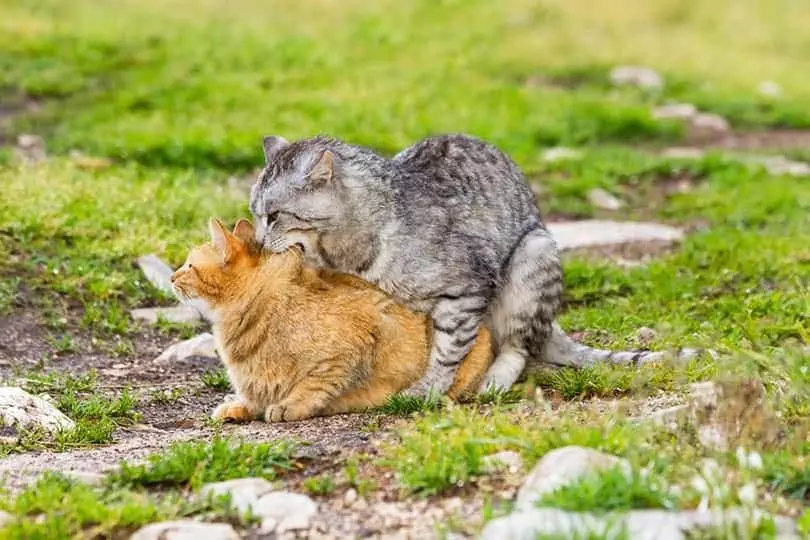Breeding cats is a fascinating and rewarding endeavor that has been practiced for centuries. As a cat lover and enthusiast, I have always been intrigued by the world of cat breeding. It involves carefully selecting two cats with desirable traits and characteristics to produce offspring that meet specific standards or goals. Today, lets’s explore how to breed cats with Top Breeds!
While some people may breed cats for financial gain, many breeders are driven by their passion for improving the breed or preserving certain traits.
Key Takeaways
- Breeding cats requires a lot of responsibility and preparation.
- Choosing the right breeding pair is crucial for producing healthy kittens.
- Understanding the cat’s reproductive cycle and identifying signs of pregnancy is important.
- Caring for pregnant cats and newborn kittens requires special attention and care.
- Finding homes for kittens is an important part of the breeding process.
Understanding the Responsibilities of a Cat Breeder
Before embarking on the journey of cat breeding, it is crucial to understand the responsibilities that come with it. Firstly, there are legal requirements that vary from country to country and even within different regions. These regulations may include obtaining permits or licenses, adhering to zoning laws, and ensuring proper care and documentation for each cat.
Ethical considerations also play a significant role in responsible cat breeding. Breeders must prioritize the health and well-being of their cats above all else. This means providing proper veterinary care, socialization opportunities, nutritious food, clean living conditions, and plenty of love and attention.
Financial responsibilities cannot be overlooked either when it comes to breeding cats. From purchasing high-quality breeding stock to covering veterinary expenses throughout pregnancy and birth, being a breeder requires financial stability.
Choosing the Right Breeding Pair
Selecting the right breeding pair is crucial in achieving desired outcomes in terms of physical attributes, temperament, health factors, or any other specific goals you may have as a breeder.
When choosing a breeding pair, several factors should be considered carefully: genetics play an essential role in determining how certain traits will be passed down through generations; therefore genetic testing should be conducted on both potential parents before mating them.
Equally important is assessing their overall health condition; this includes checking for any underlying medical issues or hereditary diseases that could potentially affect future litters negatively.
Temperament is another vital aspect to consider when selecting a breeding pair. Cats with good temperaments are more likely to produce kittens that are well-adjusted and have pleasant personalities.
Preparing for the Breeding Process
| Stage | Time Stamp | Description |
|---|---|---|
| Preparation | Before Mating | Ensure both male and female cats are healthy and up-to-date on vaccinations. Confirm breed standards and compatibility. |
| Choosing Mates | Before Mating | Select appropriate male and female cats based on health, temperament, and breed standards. |
| Introductions | Before Mating | Allow the cats to become familiar with each other in a controlled environment. Monitor interactions for compatibility. |
| Mating | During Estrus (Heat) | Allow the mating process to occur naturally or assist with supervised breeding. |
| Gestation | After Mating | Pregnancy typically lasts around 63-65 days. Monitor the pregnant cat’s health and provide proper nutrition and care. |
| Preparation for Birth | Last Weeks of Gestation | Set up a comfortable birthing area, provide nesting materials, and monitor the pregnant cat for signs of labor. |
| Birth (Parturition) | Labor Begins | Labor and delivery usually last several hours. Be prepared to assist if necessary, and ensure the mother and kittens are healthy. |
| Neonatal Care | After Birth | Provide care for newborn kittens, including monitoring for health issues, ensuring proper nursing, and maintaining a warm environment. |
| Weaning | Weeks 4-8 | Gradually introduce solid food to kittens while they continue nursing. Monitor their development and health. |
| Socialization | Weeks 8-12 | Socialize kittens by exposing them to various stimuli, people, and experiences. Begin litter training and grooming practices. |
| Vaccinations | Weeks 8-12 and Beyond | Administer vaccinations according to the recommended schedule to protect against common diseases. |
| Rehoming or Keeping | After Weaning and Socialization | Decide whether to keep the kittens for breeding or find suitable homes for them. Screen potential adopters carefully. |
Timing is everything when it comes to breeding cats. Female cats, also known as queens, have specific reproductive cycles, and understanding these cycles is crucial for successful mating.
Before breeding, both male and female cats should undergo pre-breeding health checks to ensure they are in optimal condition for reproduction. This includes vaccinations, parasite control, and overall wellness examinations by a veterinarian.
Creating a comfortable breeding environment is essential for successful mating. Providing separate spaces for the male and female cats with appropriate bedding materials will help reduce stress during the process.
Understanding the Cat’s Reproductive Cycle

To effectively breed cats, it is important to have a basic understanding of their reproductive system and the stages of their reproductive cycle.
The feline reproductive system consists of ovaries that release eggs during heat cycles or estrus periods in females. These heat cycles typically occur every two to three weeks but can vary between individuals.
The stages of the feline reproductive cycle include proestrus (preparation phase), estrus (mating phase), metestrus (post-mating phase), diestrus (pregnancy or non-pregnancy phase), and anestrus (resting phase).
Signs of heat in female cats may include increased vocalization, restlessness, rolling on the floor or furniture, rubbing against objects or people more frequently than usual, increased affection towards humans or other animals in the household.
Identifying Signs of Pregnancy in Cats
Once successfully mated during their estrus period, female cats may become pregnant if fertilization occurs within 24-48 hours after mating.
Physical changes such as weight gain around the abdomen area can be observed as pregnancy progresses; however behavioral changes like increased affection towards humans or other animals in the household may also be noticed.
Confirming pregnancy through veterinary testing is highly recommended. A veterinarian can perform an ultrasound or palpation to detect the presence of developing fetuses.
Caring for Pregnant Cats
Pregnant cats require special care and attention to ensure a healthy pregnancy and successful delivery of their kittens.
Nutritional needs of pregnant cats increase during gestation, and it is important to provide them with a balanced diet that meets their specific requirements. High-quality commercial cat food formulated for pregnant or nursing cats is recommended, along with fresh water available at all times.
Exercise and activity are essential for pregnant cats, but it’s important not to overexert them. Gentle playtime or short walks can help maintain muscle tone without putting excessive strain on their bodies.
Monitoring the health of pregnant cats is crucial throughout their pregnancy journey. Regular veterinary check-ups are necessary to ensure that both mother and kittens are progressing well, as well as addressing any potential complications that may arise.
Preparing for the Birth of Kittens
Creating a safe and comfortable birthing environment is vital for ensuring a smooth delivery process for both the mother cat and her kittens.
A quiet, secluded area should be designated as the birthing space where the queen feels secure during labor. Providing nesting materials such as clean towels or blankets will help create a cozy atmosphere for giving birth.
Preparing for potential complications during birth is essential even if everything seems to be progressing normally. Having contact information readily available for emergency veterinary services can provide peace of mind in case assistance is needed quickly.
Having necessary supplies on hand before labor begins will help ensure a smooth transition into caring for newborn kittens once they arrive. These supplies may include clean towels, heating pads or lamps (to maintain appropriate temperature), scales (for weighing newborns), feeding bottles (in case supplementation becomes necessary), and kitten formula specifically designed for neonatal care if needed.
Caring for Newborn Kittens
Caring for newborn kittens is a delicate and rewarding experience that requires attention to detail and round-the-clock care.
Early socialization is crucial for the healthy development of kittens. Gentle handling, exposure to different sounds, sights, and smells will help them become well-adjusted and confident cats in the future.
Feeding and nutrition for newborn kittens are essential for their growth and development. If the mother cat is unable to nurse or there are concerns about her milk supply, bottle-feeding with a kitten formula specifically designed for neonatal care may be necessary.
Monitoring the health of newborn kittens involves regular weight checks to ensure they are gaining weight appropriately. Any signs of illness or distress should be addressed promptly by consulting with a veterinarian.
Finding Homes for Kittens
Finding suitable homes for kittens is an important responsibility as a breeder. It’s crucial to prioritize responsible ways of placing them into loving environments where they will receive proper care throughout their lives.
Screening potential adopters helps ensure that they understand the responsibilities involved in owning a cat and have suitable living conditions that meet the needs of their new feline family member.
Emphasizing the importance of spaying and neutering kittens before adoption can help prevent overpopulation issues while also promoting responsible pet ownership within your community.
Conclusion and Final Thoughts on Breeding Cats
In conclusion, breeding cats can be an incredibly fulfilling experience when done responsibly with careful consideration given to all aspects involved. From selecting the right breeding pair based on genetics, health, and temperament factors to providing optimal care throughout pregnancy, birth, and early kittenhood stages – being a breeder requires dedication, knowledge, financial stability as well as ethical considerations at every step along this journey.
As someone who has been involved in cat breeding myself over many years now I can attest firsthand how rewarding it can be when done right; however it’s important not only focus solely on potential financial gains but also remember the importance of preserving and improving the breed, promoting responsible pet ownership, and ensuring the well-being of each individual cat involved.
Breeding cats is a privilege that comes with great responsibility, and it is up to us as breeders to uphold these responsibilities with integrity and compassion.
FAQs on how to breed cats
What is cat breeding?
Cat breeding is the process of mating two cats with the intention of producing offspring with specific desirable traits.
What are the benefits of cat breeding?
Cat breeding can help preserve certain breeds, improve the health and temperament of cats, and provide companionship to cat lovers.
What are the risks of cat breeding?
Cat breeding can lead to overpopulation, genetic defects, and health problems for both the mother and kittens if not done responsibly.
What should I consider before breeding my cat?
You should consider the health and temperament of your cat, the cost and time commitment of breeding, and whether there is a demand for the breed you are considering.
What is the breeding process?
The breeding process involves introducing a male and female cat in a controlled environment and allowing them to mate. The female will then carry the kittens for approximately 63 days before giving birth.
What should I do to prepare for breeding?
You should consult with a veterinarian, research the breed you are interested in, and ensure that both cats are healthy and up-to-date on vaccinations.
What should I do after my cat gives birth?
You should provide a clean and safe environment for the mother and kittens, monitor their health, and socialize the kittens to prepare them for adoption.
What are some common health problems in breeding cats?
Common health problems in breeding cats include infections, complications during birth, and genetic defects such as hip dysplasia and heart disease.
What is responsible cat breeding?
Responsible cat breeding involves prioritizing the health and well-being of the cats, ensuring that the breeding process is ethical and humane, and finding suitable homes for the kittens.
Originally posted 2024-01-12 09:07:52.









